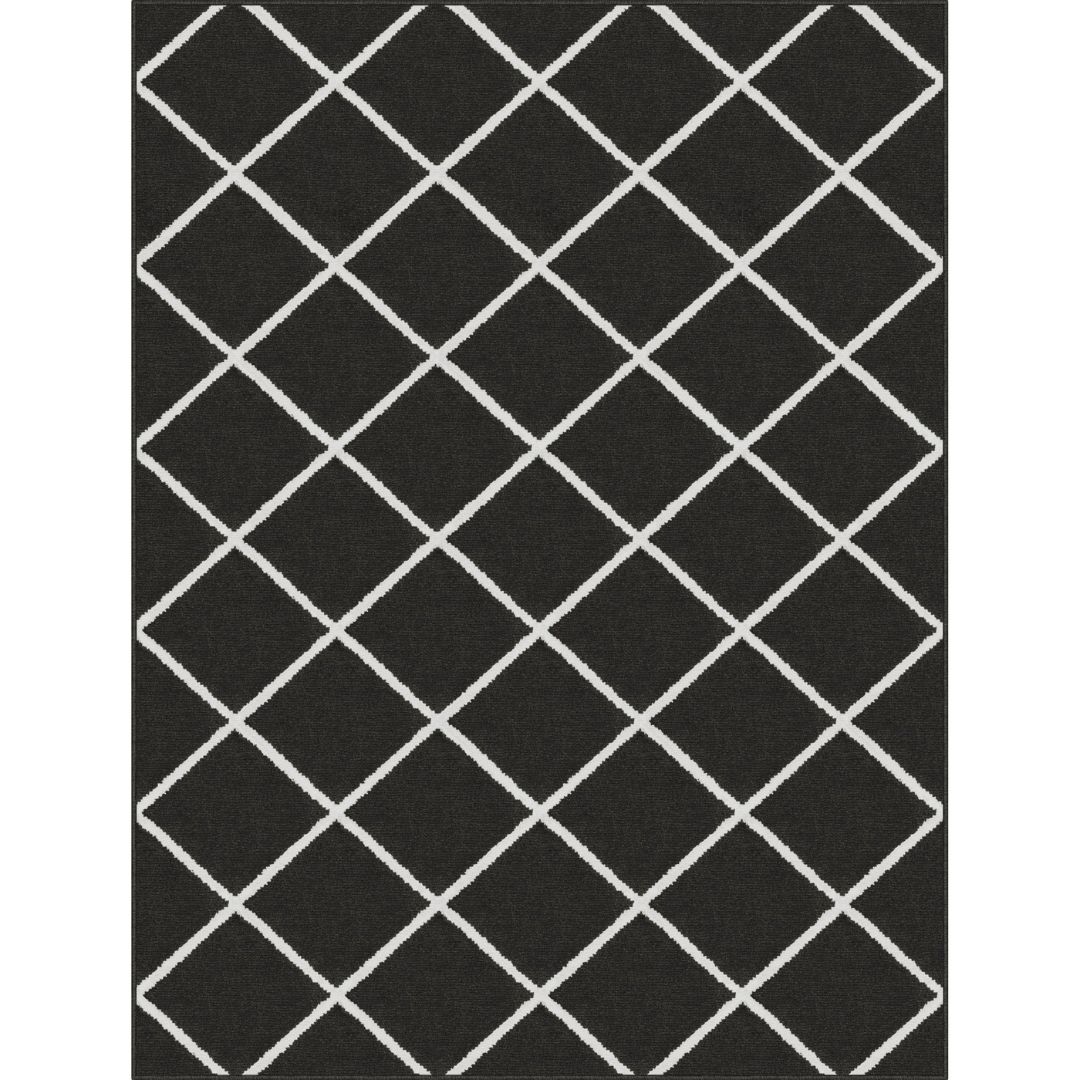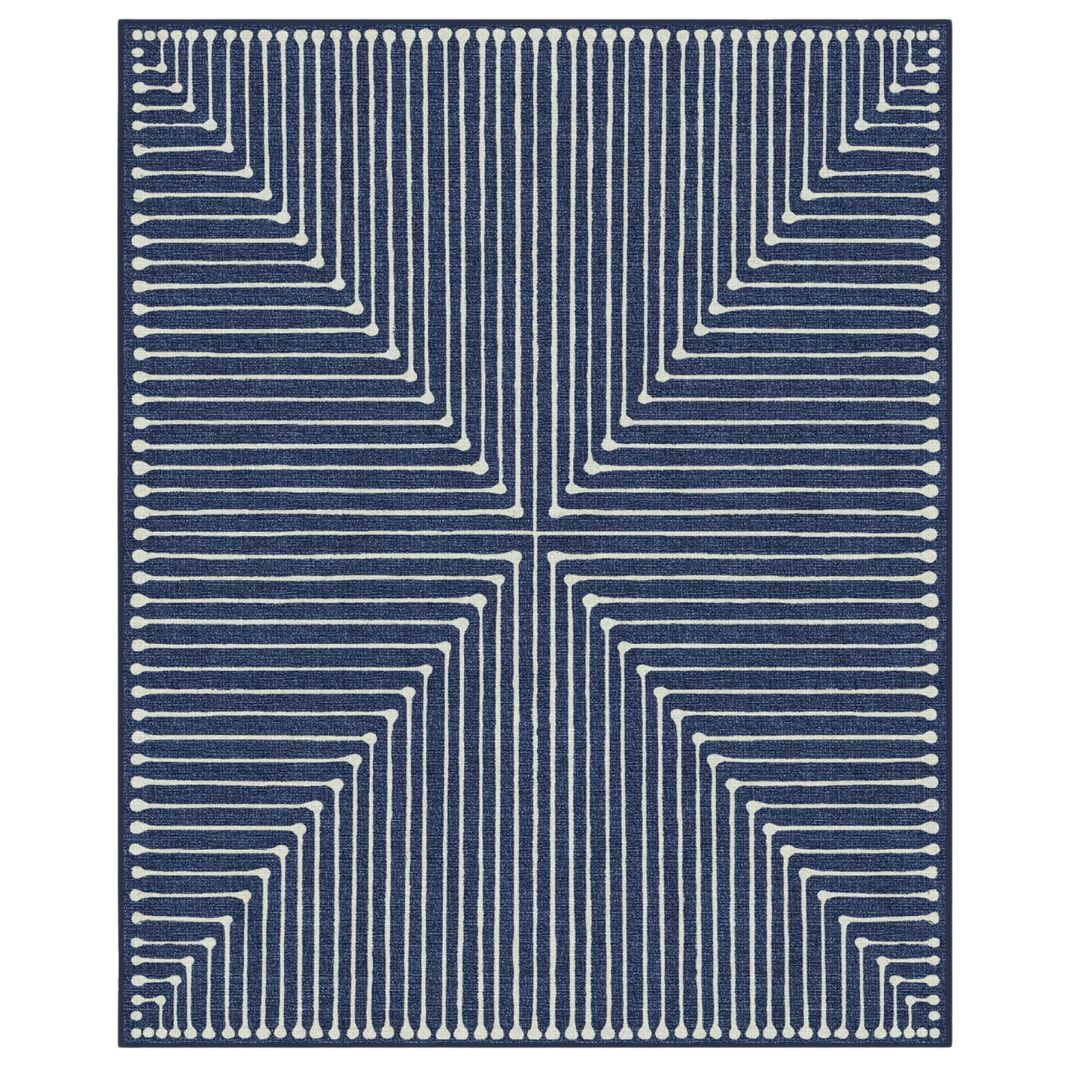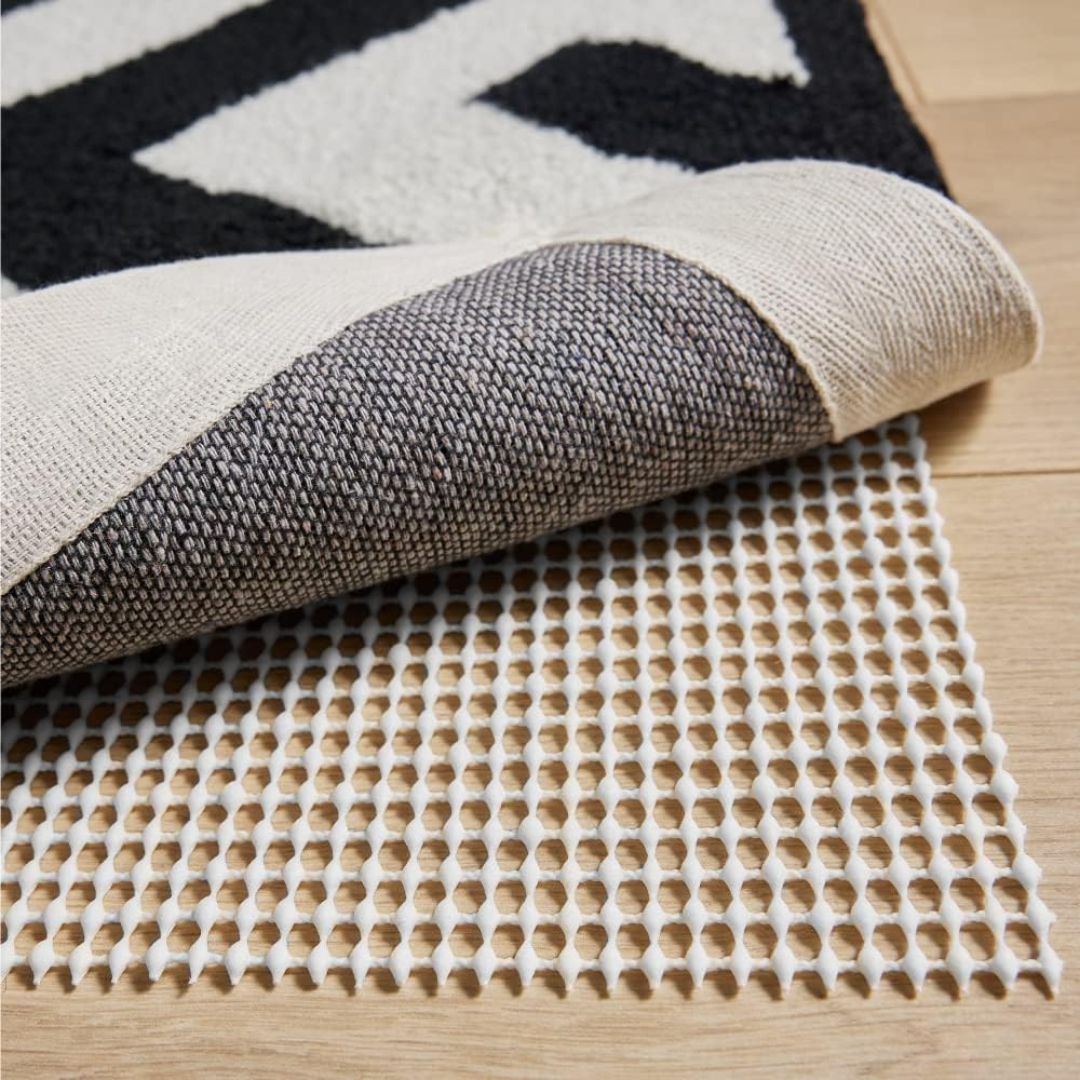Should You Put a Rug on a Carpet? The Dos and Don'ts of This Layering Technique
Wondering if laying a rug over wall-to-wall carpeting is a good idea? Experts weigh in on this decor technique and tell us its pros and cons


Both area rugs and carpets can bring color, pattern, comfort and texture to a room. The question is, then, do you need both? We're so used to using rugs on hardwood flooring, but it may feel a little alien to layer two textiles together on your floor.
If you're looking for an excuse to decorate with a stylish new rug, however, don't discount a carpeted room. W asked interior designers: should you put a rug on a carpet? The answer was an outwards 'yes' — if you know some of the rules of this decorating trick.
Should You Put a Rug on a Carpet?
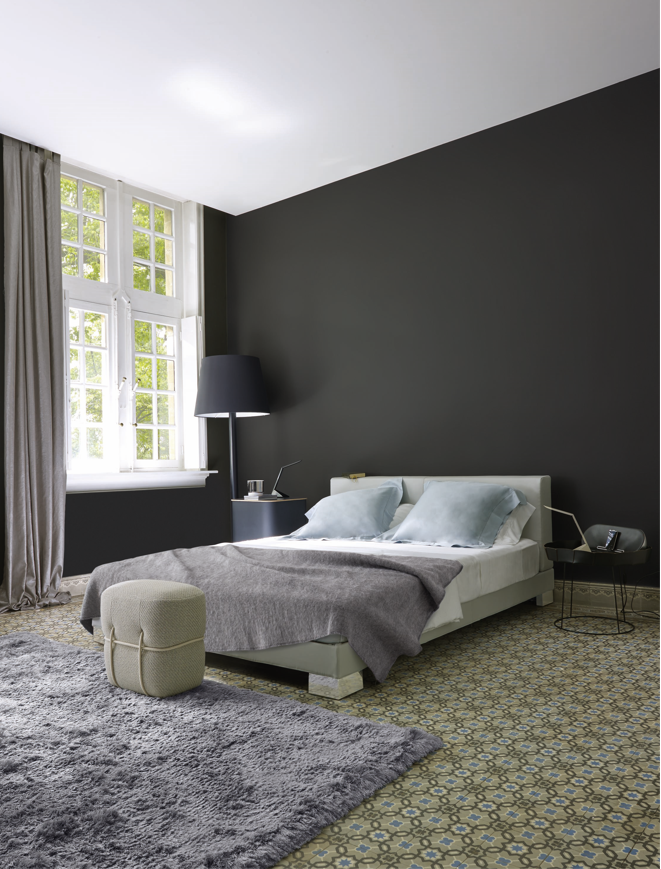
Yes, adding bedroom rugs and living room rugs over an existing carpet is completely endorsed by designers.
'If the carpet is low profile and needs a pop of color or texture, a layered rug can be a great option, as long as it doesn't create a tripping hazard,' says Nadia Watts, founder of Nadia Watts Interior Design. 'Layering a rug on the carpet is also a great way to extend the life of your carpet. Plus, this technique creates more drama in a room as well as outlines a focal point. It also brings in extra color and texture.'
'If you have a large room and you would like to define an area such as seating or dining, adding a feature rug will create a focal point,' adds interior designer Juliette Byrne.
Plus, rugs can help hide stains and marks on carpets too. 'Layering a rug under a carpet can be effective in spaces where you want to add depth and dimension,' says Dara Huang of Dara Maison. 'This technique allows for a visual contrast that draws attention to the layered statement, creating a more dynamic and visually interesting space. The key benefit lies in seamlessly merging different design elements to achieve a harmonious look.'
'And a rug can add extra cushioning, warmth, or sound insulation, or even address uneven flooring,' adds Nick Cryer, founder of Berkeley Place.
What should you know about sizing and measurements?
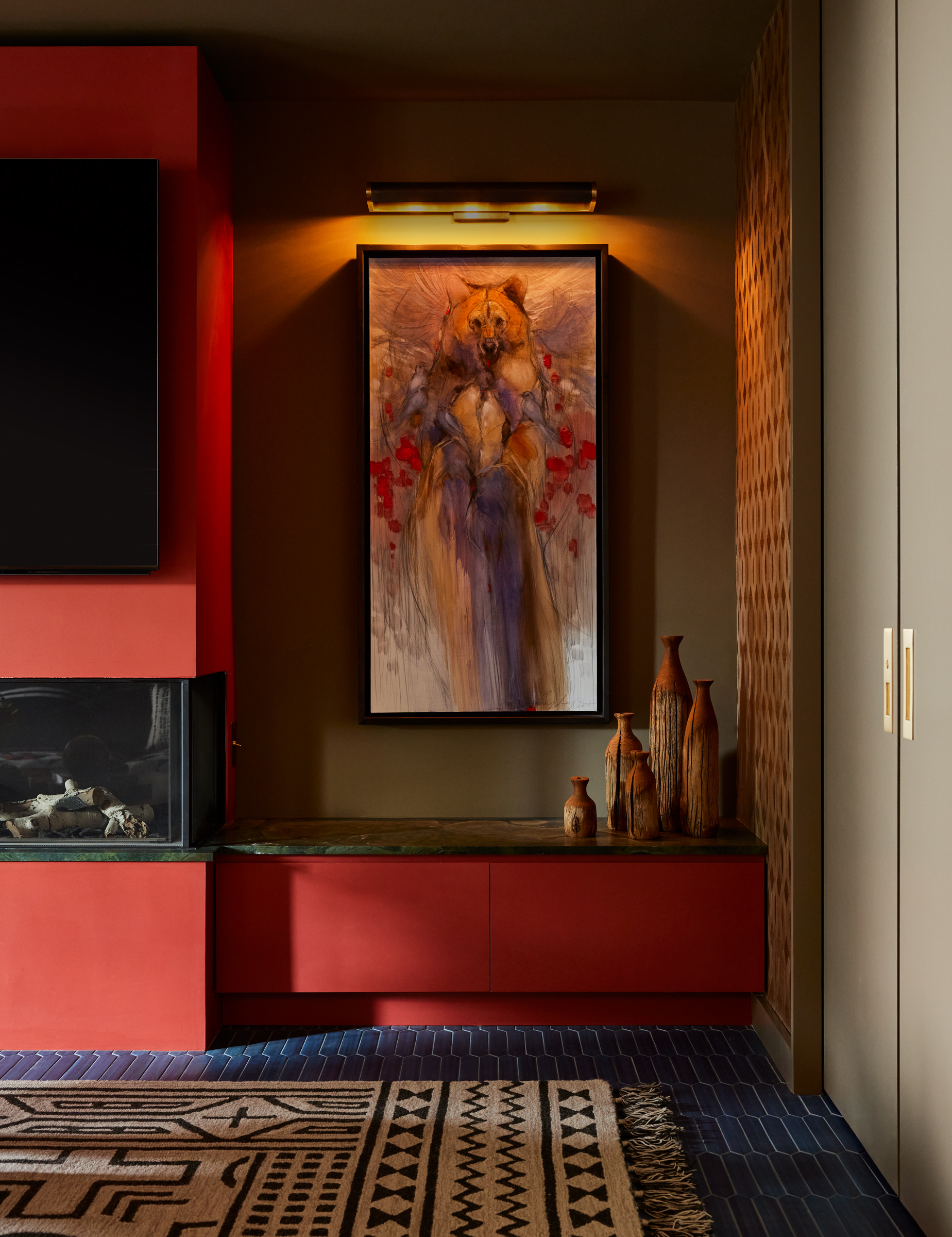
One of the biggest things to know about rug placement is ensuring it is anchored in the center, and is also of the right measurements.
'It is important to consider the size of the room as well as the furniture within,' says Nadia. 'Think about where the furniture will sit, relative to the rugs and the wall. And you never want to layer the same size rug over the same size carpet. It should be a layer so you can see both.'
When laying down the carpet, ensure that carpet space is between six and 24 inches open around the sides of the area rug.
What should you know about carpet and rug materiality before layering?

'When layering, ensure that the rug material complements the carpet,' shares Nick. 'Natural fiber rugs (like wool) work well over synthetic carpets (like nylon or polyester) and vice versa, to prevent slippage and wear. Consider the pile height and durability of both layers to avoid creating tripping hazards or excessive wear.'
You may be choosing colorful rugs or graphic rugs to elevate your space, but ensure that the contrast between the rug and the carpet is visually appealing but not too stark. Generally, hides, kilims, and dhurries look good layered on the carpet because of their low profile.
'It's advisable to select rugs and carpets with varying levels of plushness or thickness to create distinct layers that complement each other visually and functionally,' says Dara. 'The shapes and patterns should also be complementary to avoid overwhelming the space.'
Is there a drawback to adding a rug over a carpet?
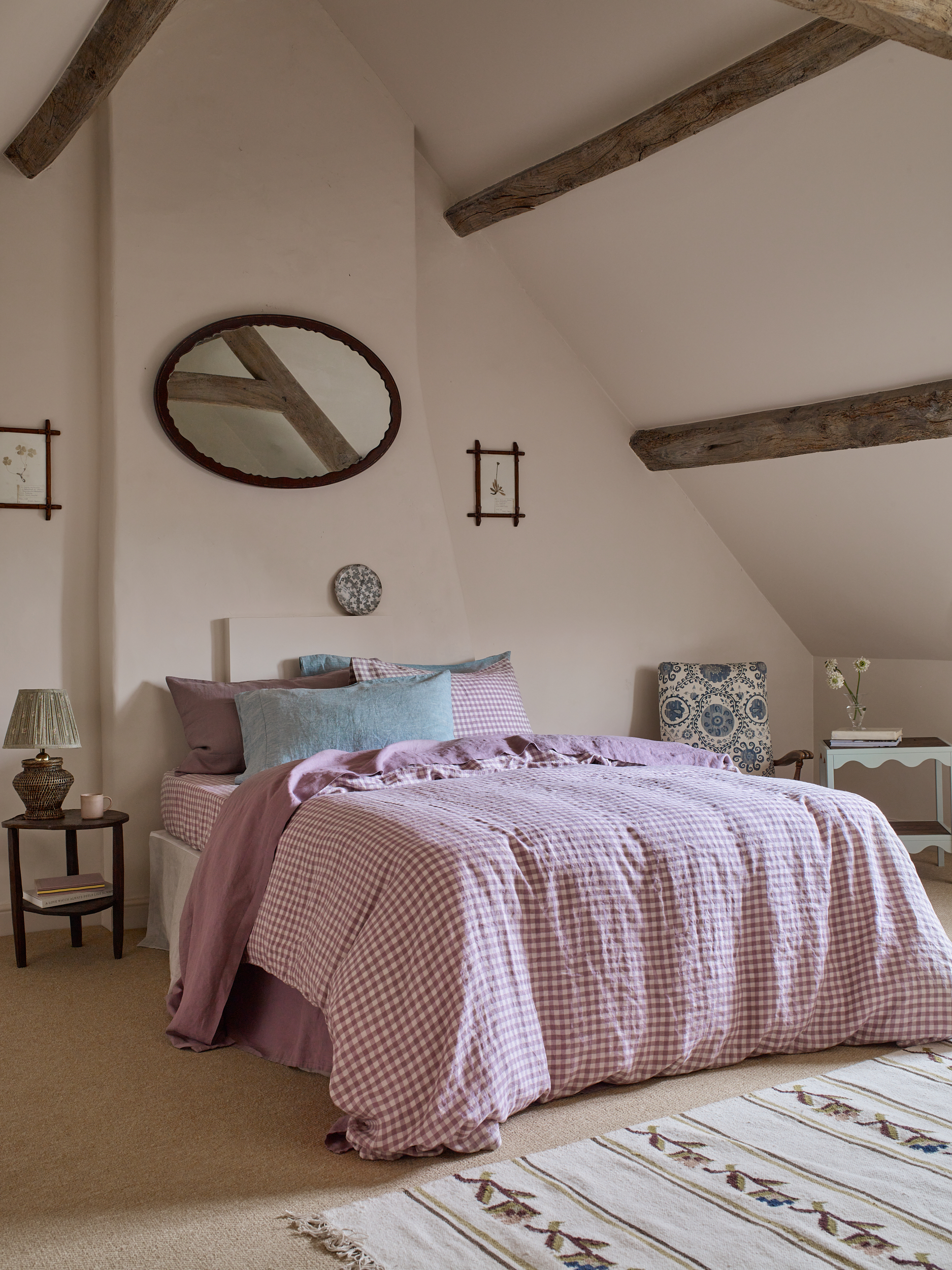
While it may be a rug trend to layer over carpeting, there are a few instances where it doesn't work.
'While layering a rug over a carpet can enhance the aesthetic appeal of a space, it's key to ensure that this addition appears intentional and well-integrated into the overall design,' advises Dara. 'One potential downside is that if not executed thoughtfully, it can make the space feel crowded or detract from the cohesiveness of the room.'
'A potential con of adding a rug over a carpet is that it can lead to uneven wear and tear on the carpet beneath, potentially causing dents or discoloration,' avers Nick. 'Additionally, it may create a tripping hazard if not secured properly.'
How can you ensure that the rug does not slip under the carpet?
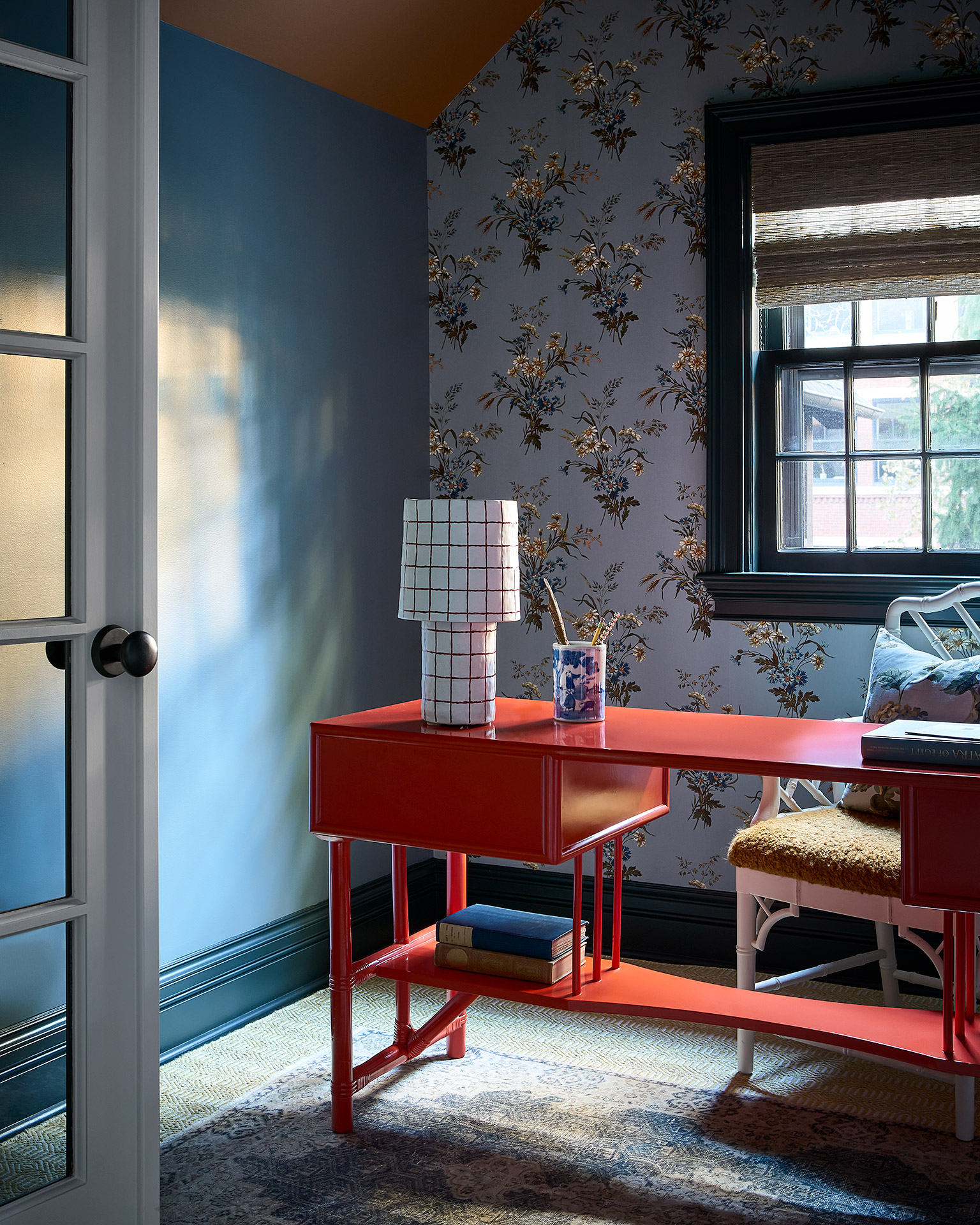
A well-anchored rug can stop unwanted ripples, prevent accidents, and keep the rug from sliding. One way to ensure that the piece does not slip is by adding non-slip rug pads. These prevent the rug from shifting and rippling and also hinder damage to the carpet under the rug.
Another way is to use the furniture as your guide, so place it under a bed or sofa. 'Layered rugs look great under a bed or a sofa, or as a "stage" for a special piece of furniture,' avers Nadia. In other areas like the dining room, you can put a rug under a dining table or a sideboard.
When should you not use a rug over a carpet?
Placing a rug over a carpet is usually done for aesthetic reasons. But if you already have a plush, stylish, and bright carpet, it is probably best to avoid a rug on top as it might make the flooring a bit too thick, and throw off the room's aesthetics. Also, if you live in a really small home or a studio, where every square inch counts, it's better to have cleaner, sleeker, and minimalist aesthetics. Keep the floor less crowded so that the room feels more open.
How do you put a rug on a carpet without bunching it?
This can be done by properly anchoring and positioning the rug over the carpet. To ensure it stays in place, you could use a rug tape, a rug pad, or place the rug under the furniture.
Be The First To Know
The Livingetc newsletters are your inside source for what’s shaping interiors now - and what’s next. Discover trend forecasts, smart style ideas, and curated shopping inspiration that brings design to life. Subscribe today and stay ahead of the curve.

Aditi Sharma Maheshwari started her career at The Address (The Times of India), a tabloid on interiors and art. She wrote profiles of Indian artists, designers, and architects, and covered inspiring houses and commercial properties. After four years, she moved to ELLE DECOR as a senior features writer, where she contributed to the magazine and website, and also worked alongside the events team on India Design ID — the brand’s 10-day, annual design show. She wrote across topics: from designer interviews, and house tours, to new product launches, shopping pages, and reviews. After three years, she was hired as the senior editor at Houzz. The website content focused on practical advice on decorating the home and making design feel more approachable. She created fresh series on budget buys, design hacks, and DIYs, all backed with expert advice. Equipped with sizable knowledge of the industry and with a good network, she moved to Architectural Digest (Conde Nast) as the digital editor. The publication's focus was on high-end design, and her content highlighted A-listers, starchitects, and high-concept products, all customized for an audience that loves and invests in luxury. After a two-year stint, she moved to the UK and was hired at Livingetc as a design editor. She now freelances for a variety of interiors publications.
-
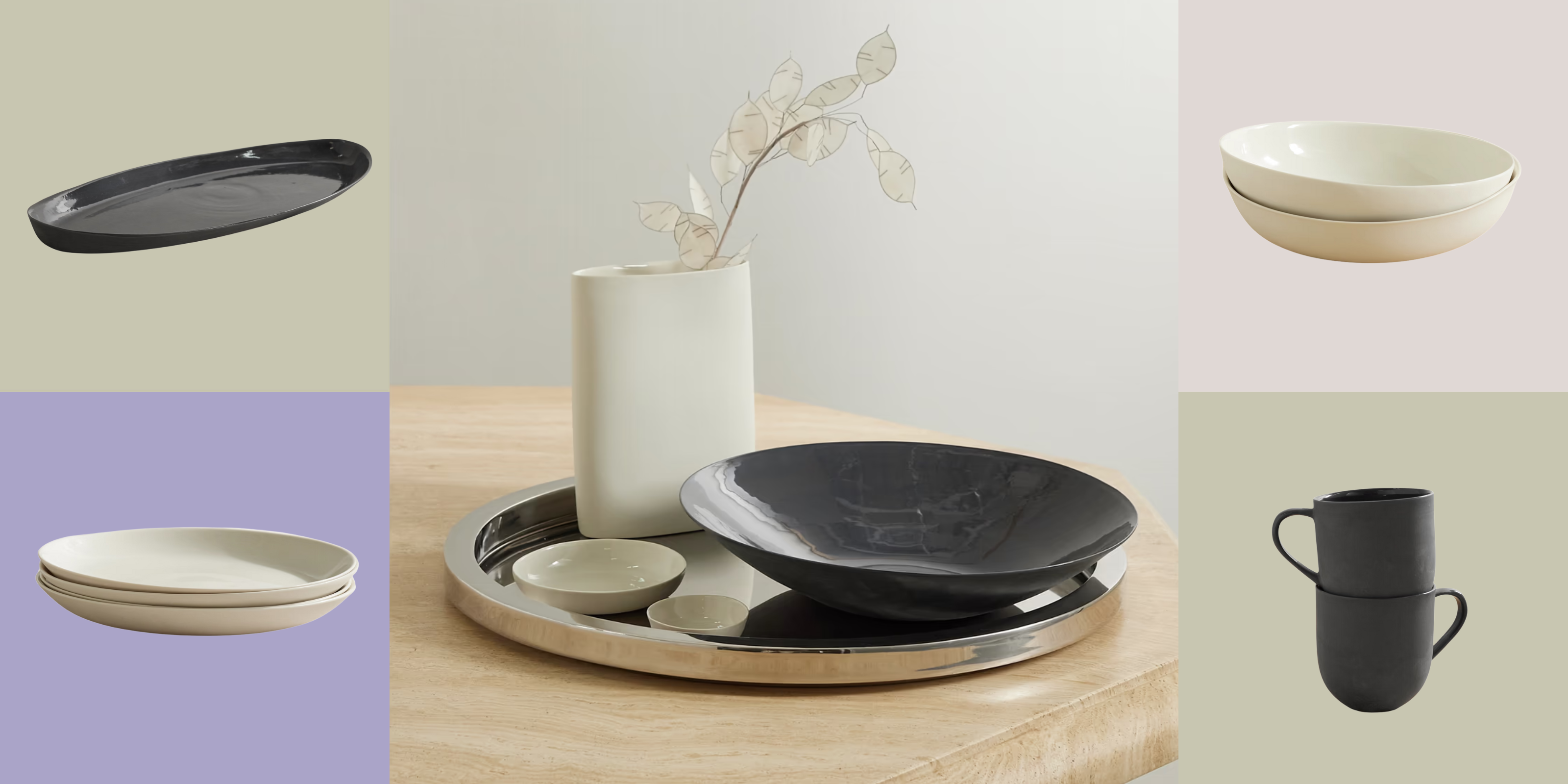 Turns Out, Sustainable Design Can Be Chic, and Net-a-Porter's 'Net Sustain' Curation Is Proof — Here's What I'm Shopping
Turns Out, Sustainable Design Can Be Chic, and Net-a-Porter's 'Net Sustain' Curation Is Proof — Here's What I'm ShoppingFrom the Net Sustain collection, Mud Australia's homeware is not only design-oriented, but eco-focused, too
By Devin Toolen
-
 Before and After — How This Jewel-Box Bathroom Made the Most of Its Proportions With Maximalist Design and a 'Soaking Tub'
Before and After — How This Jewel-Box Bathroom Made the Most of Its Proportions With Maximalist Design and a 'Soaking Tub'This design offers a masterclass on creating a luxurious bathroom that is equally playful and elegant.
By Maya Glantz
